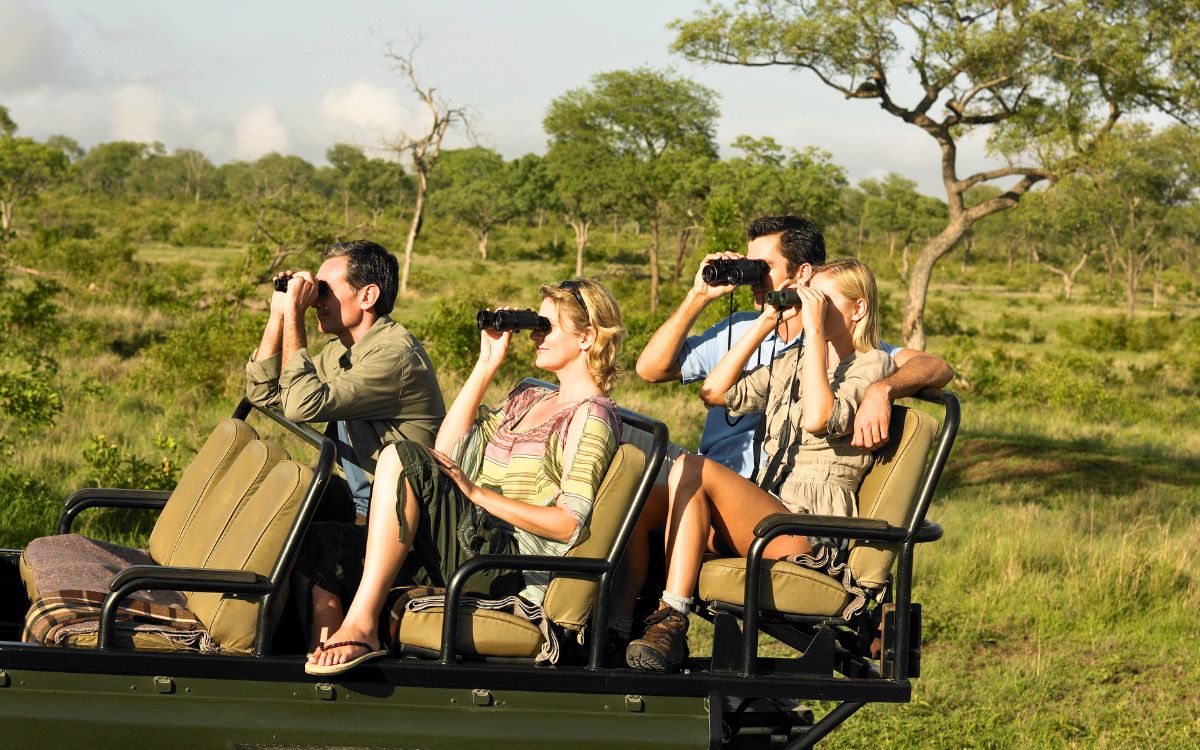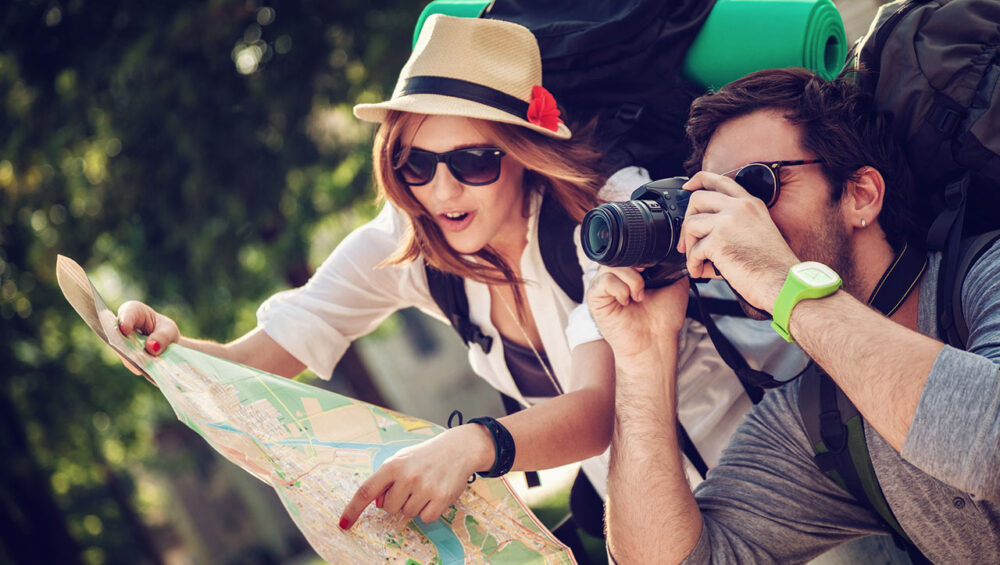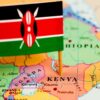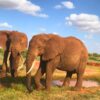Planning a holiday in Kenya? Besides booking your trip, there is another important aspect to consider – what to wear on safari. Dressing appropriately for a wildlife safari is essential for both comfort and practicality. With the diverse climate and unique conditions of the Kenyan wilderness, it’s crucial to choose the right clothing and accessories. Here is a packing list of what to wear on a Kenyan safari to ensure comfort, protection, and a memorable experience.
What Is A Wildlife Safari?
A wildlife safari is an exhilarating and adventurous experience that allows you to witness the incredible beauty of the natural world up close. It is a journey into the heart of Africa, where you can observe and photograph a diverse range of animal species in their natural habitats. Kenya, commonly known as the safari capital of the world, offers some of the best wildlife safari experiences in East Africa.
On a wildlife safari, you will have the opportunity to explore stunning national parks and wildlife reserves such as the famous Masai Mara. These protected areas are home to an abundance of wildlife, including elephants, lions, giraffes, zebras, and countless bird species. The thrill of encountering these majestic creatures in their natural environment is unmatched and leaves a lasting impression on your memories.
A wildlife safari is not just about game drives in a safari vehicle; it can also include walking safaris, hiking, and visits to local communities to experience the rich culture and traditions of Kenya. The safari camps offer a unique and authentic experience, allowing you to connect with nature and immerse yourself in the wilderness. To make the most out of your African safari trip, it is important to come prepared with the right attire and equipment.

What Cloth Should I Wear On A Safari In Kenya?
When planning a safari in Kenya, one of the key factors to consider is what to wear. The right clothing can make a significant difference in your comfort and overall experience during your wildlife adventure. Here are some tips on what to wear on a safari.
1. Neutral and Earthy Colors:
Neutral colors such as khaki, beige, brown, and olive are recommended for safari clothing. These tones help you to seamlessly blend into the environment, making it easier to observe and photograph wildlife without causing a disturbance. Neutral colors also reflect the natural hues of the African landscape, allowing you to immerse yourself in the beauty of your surroundings.
When packing for a safari in Kenya, it’s crucial to consider not just what colors to wear, but also what colors to avoid. Bright colors, on the other hand, should be avoided as they may attract unnecessary attention from animals. Animals in the wild are not accustomed to bright or unnatural colors, and such colors may disturb their natural behavior or provoke them. The purpose of a safari is to quietly observe wildlife in their natural habitat, so it’s best to blend in rather than stand out.
2. Comfortable Clothing:
Safari days can involve long hours of sitting in a vehicle or walking, so it’s crucial to wear comfortable clothing. Choose lightweight and breathable fabrics that allow for easy movement and ventilation. Cargo pants or convertible trousers are ideal options as they provide versatility for different weather conditions.
3. Long-Sleeved Shirts:
Long-sleeved shirts not only protect your arms from the sun but also help to prevent insect bites. In Kenya, mosquitoes can be prevalent, so it’s essential to minimize your exposure to reduce the risk of mosquito-borne illnesses. Pick lightweight and quick-drying materials to stay cool and comfortable.
4. Insect-Repellent Clothing:
One must-have item that should not be overlooked is insect-repellent clothing. This type of clothing is specially designed with treated fabrics that effectively repel insects, keeping them at bay and reducing the risk of itchy mosquito bites and potential diseases they may carry. These fabrics are treated with an insect repellent called permethrin, a synthetic version of a natural insecticide found in chrysanthemum flowers. The repellent is embedded into the fibers of the clothing, making it long-lasting and highly effective. The benefits are numerous, it provides an additional layer of protection against biting insects, reducing the need for constantly applying insect-repellent sprays or lotions to your skin. When selecting mosquito repellent clothing for your safari then check out the collections by Craghoppers.
5. Layers and Warm Clothing:
While Kenya can have hot temperatures during the day, early mornings and late evenings can be cooler, especially during the dry seasons. It’s advisable to pack a light jacket or a warm layer to keep yourself comfortable during these times. Layering allows you to adjust your clothing to the changing weather conditions throughout the day.
6. Comfortable and Sturdy Footwear:
One essential item to keep in mind when packing for a wildlife safari in Kenya is comfortable footwear. The right pair of shoes can make all the difference in ensuring an enjoyable experience while exploring the African savannah.
When it comes to footwear on a safari, it’s important to strike a balance between functionality and comfort. The terrain in national parks and game reserves can vary greatly, ranging from dusty, uneven trails to muddy paths after rainfall. Therefore, it is crucial to choose shoes that can handle all types of conditions. It’s recommended to choose sturdy hiking boots or waterproof trail shoes with good traction.
First and foremost, choose closed-toe shoes that provide ample support and protection for your feet. This will safeguard your feet from sharp rocks, thorns, or other potential hazards encountered in the wilderness. Avoid sandals or open-toe shoes, as they leave your feet vulnerable to injuries and insect bites.
Lastly, don’t forget about socks! Invest in a few pairs of moisture-wicking and cushioned socks to prevent blisters and keep your feet dry and comfortable throughout the day. Select synthetic or wool-blend socks as they are more effective at moisture management.
7. Hat & Sunglasses:
Protecting yourself from the sun’s rays is crucial on a safari. Bring a wide-brim hat to shield your face, neck, and ears from the sun. Sunglasses with UV protection are essential to protect your eyes from bright sunlight. Additionally, apply lip balm and sunscreen regularly to prevent sunburn and protect your skin.
What Other Essential Items Should I Pack For My Safari Trip?
When preparing for a safari in Kenya, it’s important to think beyond just clothing and footwear. There are a few essential accessories that can greatly enhance your safari experience and make your trip more comfortable and convenient.
Don’t forget to pack essential items like insect repellent, a portable charger for your electronics, extra batteries, and memory cards for your camera or binoculars. These couple of items will ensure that you capture amazing moments and have the necessary tools to maximize your safari experience.
When preparing for a trip to African countries, it is also essential to make sure you have all your travel documents in order, including a valid passport, visa if necessary and travel insurance. Don’t forget to bring a credit card for any unforeseen expenses or optional activities that may arise during your trip. Local currency can be exchanged upon arrival at the airport. It is the preferred method of payment. Additional travel tips can be found on our FAQ page.
To summarize, comfort and practicality should be prioritized when selecting your Kenya safari outfits. When planning your wardrobe, select neutral or earthy colors that blend in harmoniously with the surroundings. Choose lightweight, breathable, and loose-fitting clothing to stay comfortable in the hot temperatures of Kenya. By choosing the right attire, you will enhance your safari experience by respecting the wildlife and ensuring an unforgettable journey through the magnificent landscapes of Kenya.





